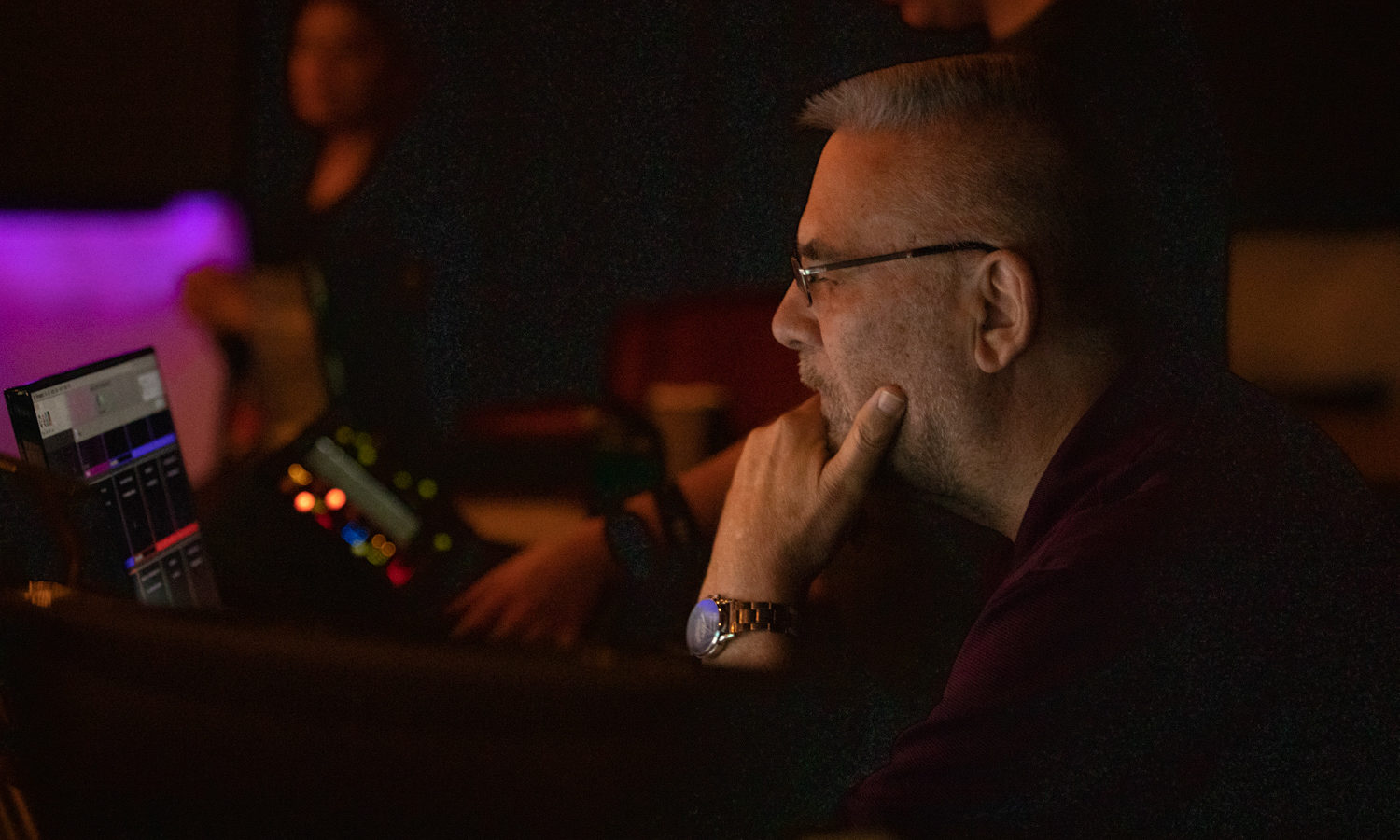Have you noticed that the currency in our day is not money, but time? When you ask someone how they are, the answer is usually a huge intake of air followed by an exhalation with the word “busy” punctuating it. People are busy. We won’t get into the right or wrongness of that here, but we have to understand that people are overwhelmed and inundated with to dos.
What does that have to do with our worship services? Everything.
Most of our churches run on the sweat of volunteers. It’s an amazing thing, really. People give their time and energy to help a vision unfold. And often, it’s their serving that adds layers of busy-ness to their lives.
When we add a new technology, like personal monitoring, or wireless in-ears, we have to think about how that gets perceived by volunteers. Our team members will have a wide swath of tech experience ranging from the one who used to be a studio engineer to the one who calls for help to turn on a PC (of course, if it were a Mac, they would know).
The first step in training our volunteers is to EMPATHIZE with where they are on the spectrum. So often we see technology as a way to make our lives simpler, when it could very well be making things more difficult for someone else. Make sure your volunteers know that you are here to help. Enlist others on the team to be point people to help out as well.
Second, keep things simple. Give them only what they need to know to do the job well. With a personal monitor system, you *could* go into how to add compression to tighten an instrument. But is that a critical piece? No. For some basic tips on good personal mixing, check out our article on Personal Mixing 101. If they can learn to mix themselves, their pitch reference and their timing reference, they are 80% of the way to a good mix, and that may be enough.
Third, teach them how to get unstuck. Take wireless in-ears for example. If they cut out during a service, how can they “fix” it? They can take out an ear (not recommended except in dire cases), they can check the cable on their wireless pack, they can do a quick power recycle, etc. Help them know how to get unstuck so they don’t get frustrated and panic.
The next hints are for the tech. Here are some things you can do to ease the burden of a tech transition.
The main thing to keep in mind is that you have to be available to help. If someone is having difficulty mixing, you need to be able to jump in (check out the MirrorMix feature on Livemix, we made it for this very purpose). If someone is showing signs that they can’t hear themselves, you have to be available to troubleshoot. Even though they are not relying on you in the same way as if they had floor wedges, in many ways, personal monitor systems require you, as the tech, to be more attentive.
Especially with personal monitoring or wireless in-ears, your volunteers may have a tough time “getting used” to the closed off feeling. Help them by putting an ambient mic on the stage so they can hear the “stage noise” that they miss by going to in-ear monitors. Help them learn new ways of reading the team. Teach them to look for visual cues, not the auditory cues they might have been used to.
Come in a bit early and make sure the monitor systems are labeled so that people can mix by name and not by numbers. Some systems, like Livemix, allow you to name each channel via an LCD screen making it easy to set up a team. If volunteers have to remember who is on what number, they will be frustrated when they need to make a change.
By spending a bit of time getting the stage ready for the team, you are showing volunteers how much you honor and value their time. And trust me, when a volunteer knows that you honor them, they will have a lot more grace for you!

